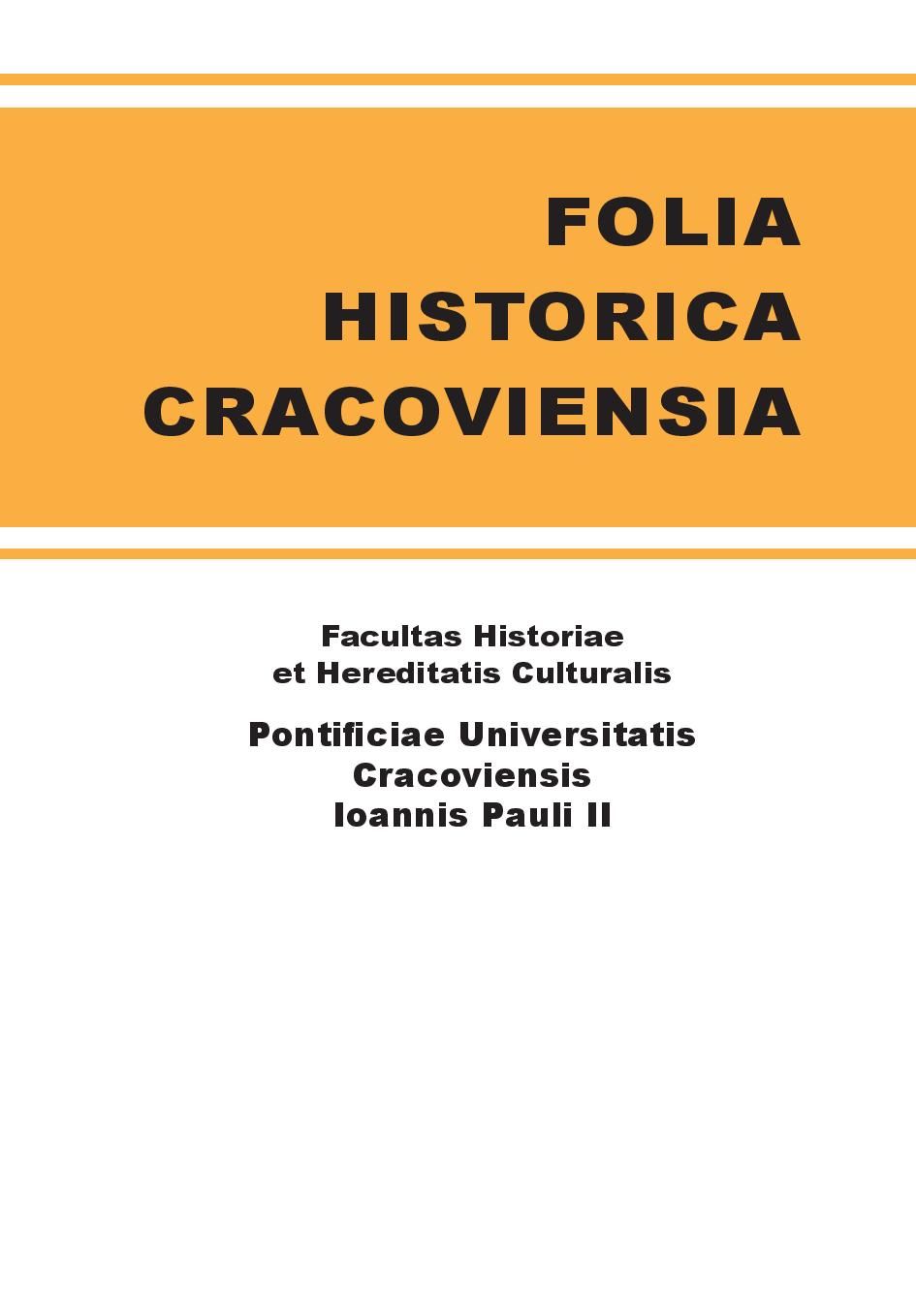Staropolski autoportret białogłowy
A self-portrait of an Old Polish lady
Author(s): Elżbieta Elena WróbelSubject(s): Cultural history, History of ideas, Gender history, 16th Century, 17th Century
Published by: Wydawnictwo Naukowe Uniwersytetu Papieskiego Jana Pawła II w Krakowie
Keywords: Old Polish culture; Old Polish societ; woman's role; Anna Stanisławska; Anna Maria Marchocka
Summary/Abstract: Odmienność ról do spełnienia, jakie przypadały w udziale mężczyźnie i kobiecie w społeczeństwie staropolskim, nie wynikała jedynie z różnic biologicznych. W oczach mężczyzn białogłowa jawiła się jako część ludzkości słabsza, nie tylko pod względem fiycznym czy psychicznym, lecz także umysłowym, dlatego też wymagająca stałego dozoru i opieki. Wydaje się jednak, iż białogłowy żyjące w tamtej epoce doskonale radziły sobie z własnym życiem. W razie trudności czy sytuacji dotąd im nieznanych, potrafiy im sprostać nie gorzej od mężczyzn, czego przykładem było chociażby samodzielne prowadzenie folwarków pod nieobecność ciągle wojujących w XVII wieku mężów. Mimo iż były wychowywane w duchu uległości i posłuszeństwa, wykazywały wiele zdecydowania, silnej woli i konsekwencji w dążeniu do celu. A przy tym nie zatracały tego, co najpiękniejsze: wrażliwości na sacrum, umiejętności kochania i współczucia, delikatności, troski o powierzone ich pieczy dzieci i służbę. Były prawdziwymi kobietami i potrafiy umiejętnie korzystać z wpływu, jaki wywierały na świat mężczyzn, pozornie przez całe życie pozostając w ich cieniu.//Diverging roles of men and women in the Old Polish society did not result from biological differences alone. In the male eyes, a woman was the weaker part of the human species, not only in the physical or psychological sense, but also weaker intellectually, hence requiring constant care and custody. It seems nevertheless that back then women were perfectly able to take care of their own lives. In the face of adversity or situations they had been hitherto unfamiliar with, women were able to cope no worse than men, an example of which was the fact that they ran manors in the absence of their spouses, who constantly went to war in the 17th century. Despite having been raised in the spirit of submission and obedience, ladies demonstrated a lot of resoluteness, willpower and determination. At the same time they did not lose their most beautiful part: sensitivity to the sacred, gentleness, the ability to love and to feel for others, to care for children and servants. Those were real women, who could make proper use of the influence they had on the world of men, while seemingly remaining in their shadows.
Journal: Folia Historica Cracoviensia
- Issue Year: 17/2011
- Issue No: 1
- Page Range: 138-150
- Page Count: 13
- Language: English, Polish

